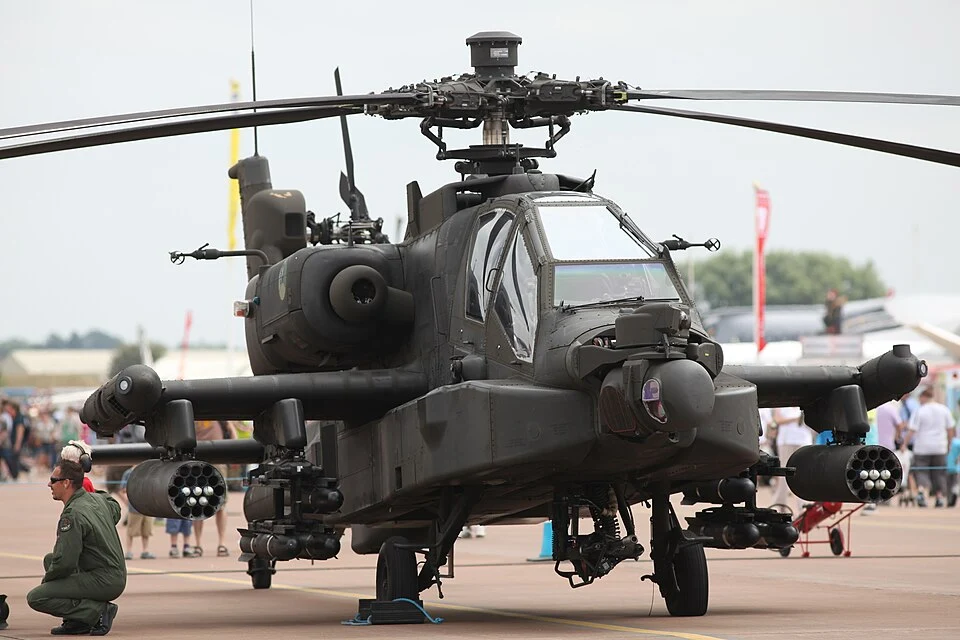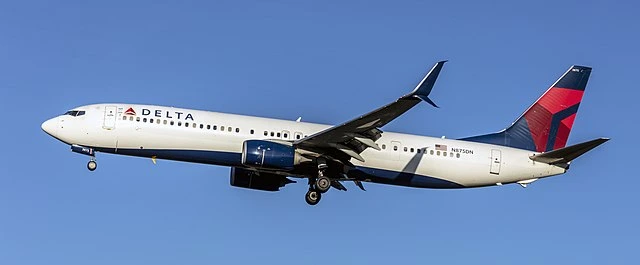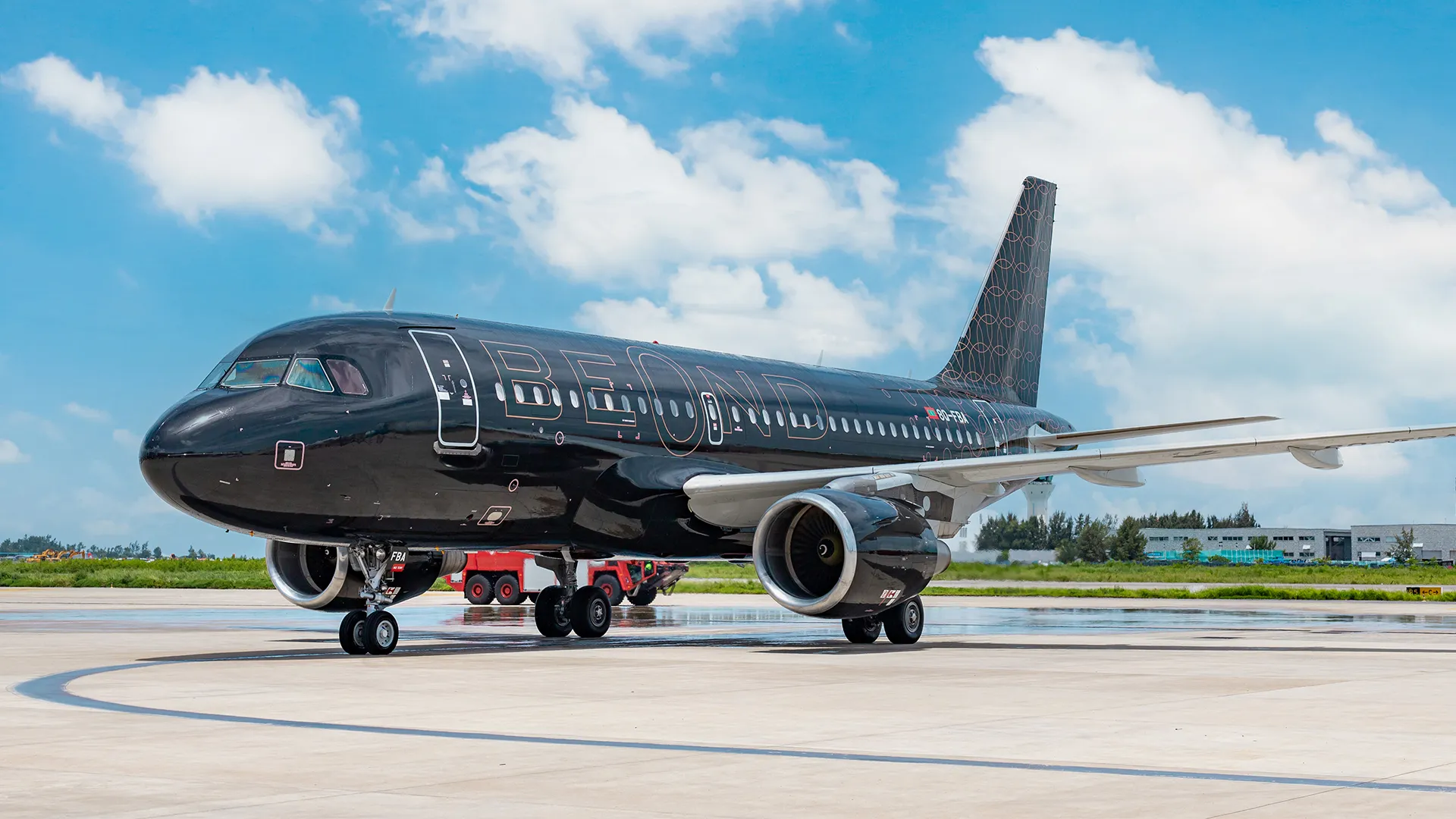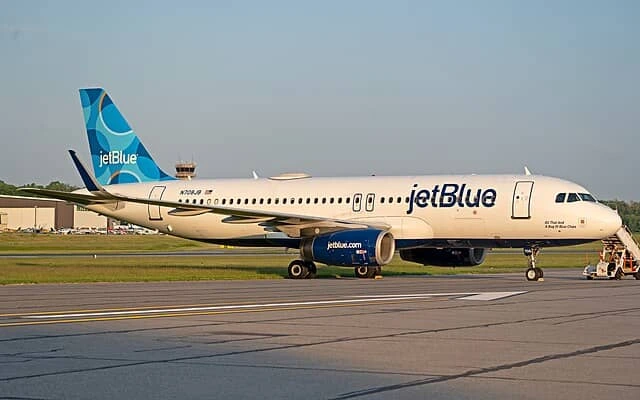Navi Mumbai Airport Opens Gate to the World: A Landmark in India’s Aviation Journey
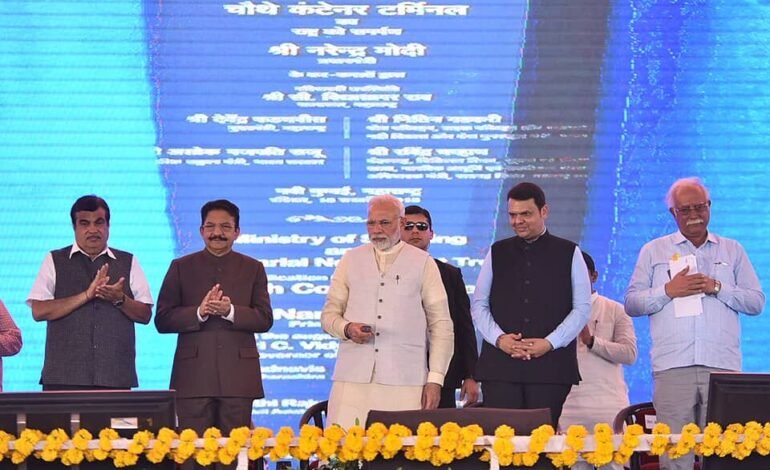
The Navi Mumbai International Airport, inaugurated by Prime Minister Narendra Modi, marks a monumental leap in India’s aviation and infrastructure development. Conceived as one of the country’s most ambitious greenfield airport projects, NMIA symbolizes India’s rise as a global aviation powerhouse and its commitment to the “Viksit Bharat 2047” vision for world-class infrastructure and sustainable growth.
Transforming India’s Aviation Landscape
Developed through a Public-Private Partnership (PPP) between the City and Industrial Development Corporation (CIDCO) and Mumbai International Airport Limited (BOM)—a subsidiary of Adani Airport Holdings—NMIA is set to transform both regional and global connectivity.
Spread across 1,160 hectares near Panvel, the airport will handle 20 million passengers annually in its first phase, with capacity expected to scale up to 90 million as future terminals and runways become operational.
Complementing Mumbai’s Existing Gateway
As part of a twin-airport system, NMIA complements Chhatrapati Shivaji Maharaj International Airport (BOM), easing congestion and strengthening Mumbai’s position as a premier international hub. Together, the two airports will enable the Mumbai Metropolitan Region (MMR) to accommodate up to 90 million passengers annually upon full completion.
Strategically located, NMIA connects seamlessly to the Mumbai Trans Harbor Link (Atal Setu), suburban rail, metro corridors, and planned waterways, significantly reducing travel time across western India. This multimodal integration enhances passenger convenience while supporting a thriving logistics and trade ecosystem along the Mumbai–JNPT corridor.
A Design Rooted in Culture and Sustainability
Designed by the globally renowned Zaha Hadid Architects, NMIA draws inspiration from the lotus, India’s national flower — symbolizing purity, resilience, and renewal. The terminal’s distinctive architecture, featuring sculptural columns and a floating lotus-shaped roof, maximizes natural light and passive cooling, creating a calm and intuitive passenger experience.
Aligned with global sustainability benchmarks, NMIA integrates solar power generation, water recycling systems, and green building technologies. The airport’s design reflects India’s leadership in sustainable infrastructure, setting a new standard for greenfield airports across Asia.
Maharashtra’s New Economic Engine
NMIA is poised to redefine Maharashtra’s economic geography. By easing pressure on the already saturated Mumbai airport, it will unlock growth potential in Navi Mumbai, Raigad, and Pune, catalyzing development across multiple sectors. Analysts project that NMIA could contribute an additional 0.5% to Maharashtra’s GDP, driven by growth in investment, trade, tourism, and real estate.
The project has already fueled a boom in infrastructure, hospitality, and logistics ventures throughout the region. Property values in nodes like Ulwe and Panvel have surged since construction began, underscoring NMIA’s transformative impact. With four terminals, a dedicated cargo village, and an integrated transport network, NMIA positions Maharashtra as a hub for aviation-led growth and innovation.
A Two-Decade Journey to Reality
The NMIA project traces its roots back to 2007, when it was first approved to meet Mumbai’s growing air traffic demand. After overcoming significant challenges—including resettlement, environmental approvals, and complex engineering works—the project gained momentum under the Adani Group’s leadership in 2021.
Following the land transfer in 2022, construction accelerated, leading to the unveiling of the iconic lotus-inspired terminal design in 2023. Now fully operational, NMIA places Mumbai alongside global twin-airport cities such as London, New York, and Tokyo, solidifying India’s stature in international aviation.
Voices from Leadership
“Navi Mumbai International Airport represents the new face of India — modern, sustainable, and globally connected. It stands as a testament to the government’s vision of Viksit Bharat 2047, where infrastructure drives inclusive and sustainable growth.”
— Prime Minister Narendra Modi
“NMIA is more than an airport — it is a catalyst for economic transformation and a model for future-ready infrastructure. It will redefine travel and trade not only for Maharashtra but for all of India.”
— Gautam Adani, Chairman, Adani Group
A Symbol of Modern India
The Navi Mumbai International Airport is more than a transportation hub — it is a symbol of India’s ambition, innovation, and resilience. By blending cultural inspiration, sustainable engineering, and forward-looking design, NMIA embodies the spirit of a modern, confident, and globally connected India.
With its successful completion, India has opened a new gateway to the world, setting a precedent for how visionary infrastructure can drive a nation’s progress and redefine its place on the global map.
Image Credits- Navi Mumbai Airport Opening Ceremony





